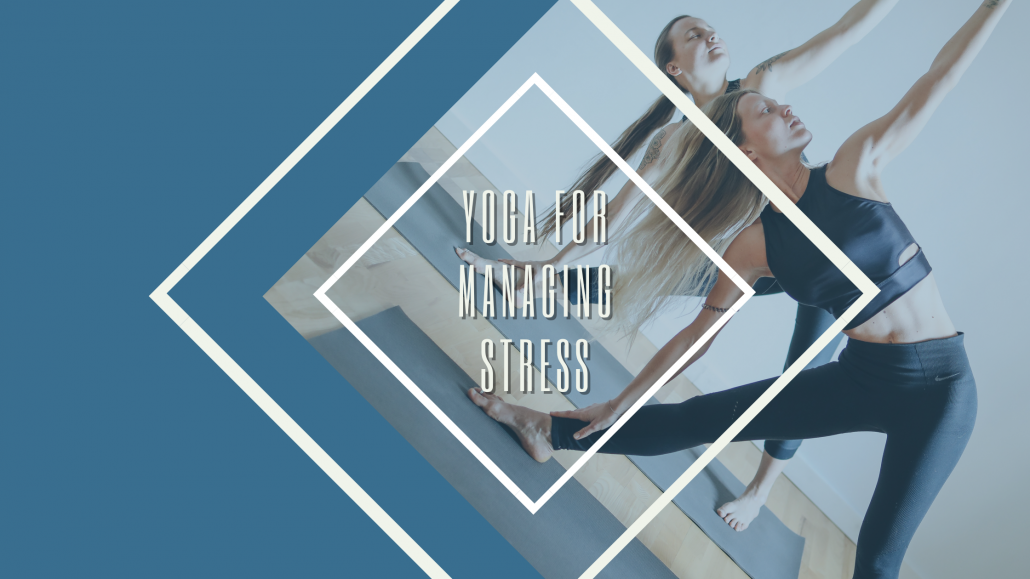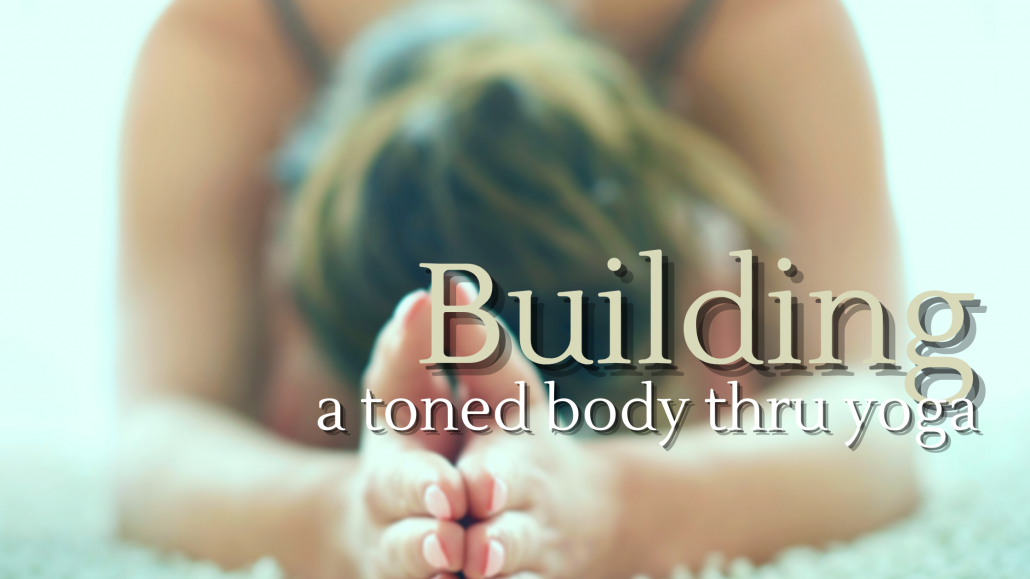How to Express Gratitude Everyday
How to Cultivate Gratitude Every Day
The practice of gratitude strengthens our health, steadies our hearts, and connects us to what matters most. It’s a discipline of noticing — of seeing the gift in the simple, the sweat in the effort, the silence between breaths. Even in seasons of uncertainty, we can choose to live as if everything is a gift. When we do, our world truly expands.
As we move toward the holidays, here are nine ways to cultivate gratitude — both in and out of the studio — inspired by the classes and practices we love at Fever Yoga Cycle Strength.
⸻
In the Studio
1. Set Grateful Intentions
Each time you unroll your mat or clip in for class, begin with one simple intention: I am grateful to be here.
In your yoga practice, this might mean feeling appreciation for every muscle that lengthens and every drop of sweat that falls. In Cycle, Barre or Pilates, it’s recognizing your body’s strength — the rhythm of your heart, the steadiness of your breath. Gratitude deepens when we notice the details.
⸻
2. Meditate or Rest in Sound
Meditation means to watch your thoughts or to “become familiar with” – sit down for 5 minutes a day and meet yourself – your nervous system will thank you and so will your loved ones who will immediately notice the calm change within you. Meditation doesn’t always have to be silent — it can hum, pulse, and vibrate through you. Join us for a Sound Healing session every Wednesday and Sunday – or simply explore stillness after your class. Let the vibration of sound bowls or music settle the nervous system and open space for reflection.
In that resonance, gratitude naturally rises.
⸻
3. Count Blessings, Not Breaths
During a long hold — whether in half-pigeon, a Pilates plank series, or a climb on the bike — try shifting your focus. With each breath, think of one thing you’re thankful for. You’ll be surprised how much lighter the work feels when gratitude joins you in the effort.
⸻
4. Never Skip Savasana (or Cool Down)
That final rest or release is where gratitude lands. In yoga, savasana is a time to surrender; in Cycle or Strength, the cooldown is a time to honor what your body has done. Don’t rush it — linger in those few quiet minutes. Let your practice integrate.
⸻
Out of the Studio
5. Wake Up With A Grateful Heart
When you wake up, instead of grabbing for your phone, place your hand over your heart and watch your breath flow in and out as you deepen your connection to the emotion of gratitude. Notice the warmth, the pulse of being alive swirl through this center. When you wake up to your heart, you are waking up to your life, not your problems.
⸻
6. Read Something That Expands You
Step away from the scroll and into a page. Whether it’s a poem, a memoir, or an inspiring book on wellness, give your mind something nourishing. Reading slows the pace of the world, helping you remember the beauty in stillness and curiosity.
⸻
7. Write It Down
Keep a small gratitude journal or note on your phone. Each day, list three things — people, moments, or sensations — that made you pause with appreciation. Over time, you’ll start to see how much goodness threads through even the ordinary days.
⸻
8. Practice Self-Care as a Ritual
Gratitude starts with how we treat ourselves. Nourish your body with wholesome food, rest when needed, and seek experiences that ground you. Book a massage, soak in a bath, or step into a Restorative or Sound Healing session. Every act of care tells your nervous system: I am worthy of feeling good.
⸻
9. Give Back
Gratitude completes its circle when we give. Offer your time, your energy, or your kindness — in big or small ways. Volunteer, check in on a friend, or simply share a smile with a stranger at the studio. When we give from gratitude, we become part of the healing we hope to see.
⸻
Closing Thought
At Fever, gratitude is more than a mindset — it’s a practice woven into every breath, beat, and moment of connection. Whether you’re flowing, cycling, or finding stillness, remember that the ability to move, feel, and show up is something to be deeply thankful for.
This season, let your practice be your gratitude.



